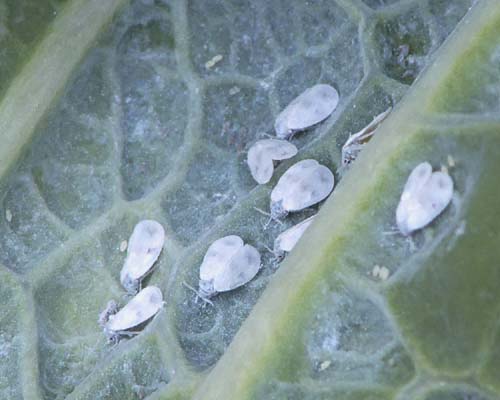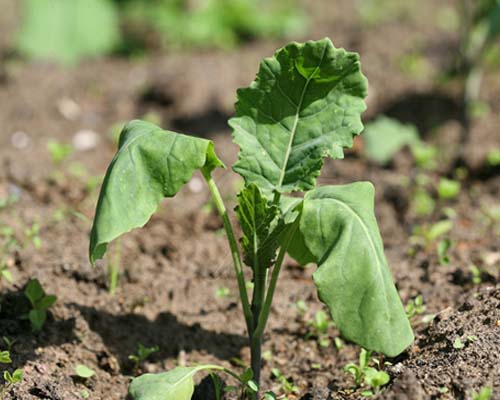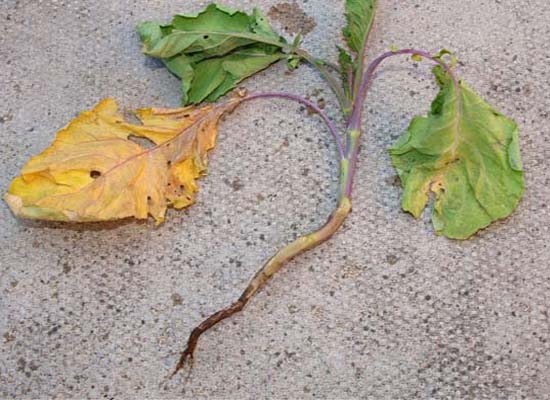How to Control Against Cabbage Fly

How to Control Against Cabbage Fly
The Cabbage root fly effects more than just the cabbage plants it in fact effects the entirety of the brassica family (Cauliflower, Broccoli & Sprouts) and also affects the Turnip and Swede and is the reason why many brassica rotation groups include both Turnip and Swedes.
The Cabbage root fly is similar to the carrot fly in that they are both small white flies that lay eggs on their host plant. But again it is not the fly that does the damage but the fly’s offspring – the white grubs or larva. These grubs are about 1cm in length so they are easier to spot than the carrot fly’s larva.
How to Spot Cabbage Root Fly

1. Young plants are stunted and fail to grow
2. Transplants for brassicas wilt and die soon after planting
3. The fly itself is similar to the common house fly
On Examining the Roots

4. The plant can be easily pulled
5. The fibrous root have been eaten
6. There are small maggots on the roots
How to Control Against Cabbage Root Fly
Cabbage Collars
These are physical barriers designed to prevent the fly from laying it's eggs on the soil and thus preventing the maggots from infesting the soil around the cabbage plants. Collars should be at least 10cm in diameter and need to be put around the plants the moment they are transplanted to the plot.
Fine Mesh or Horticultural Fleece
This is also an effective way to protect your brassicas and has the added benefit of protecting against caterpillar and bird attacks. If you choose to use a horticultural fleece you will need to keep it up off your crop so that is does not come into contact with the foliage. The fleece will also need to reach down to the ground along the edges otherwise the fly will fly underneath.
Good Practices
Crop rotation is essential to prevent the build up of the pest and if you experience an attack it is strongly advised not to grow brassicas in the same location the following season.
Sowing times can allow you avoid an attack but because the fly has 3 generations over 1 season it can be hard to find a window of opportunity.
- 1st generation: Early – Mid May
- 2nd generation: June
- 3rd generation: Mid August





